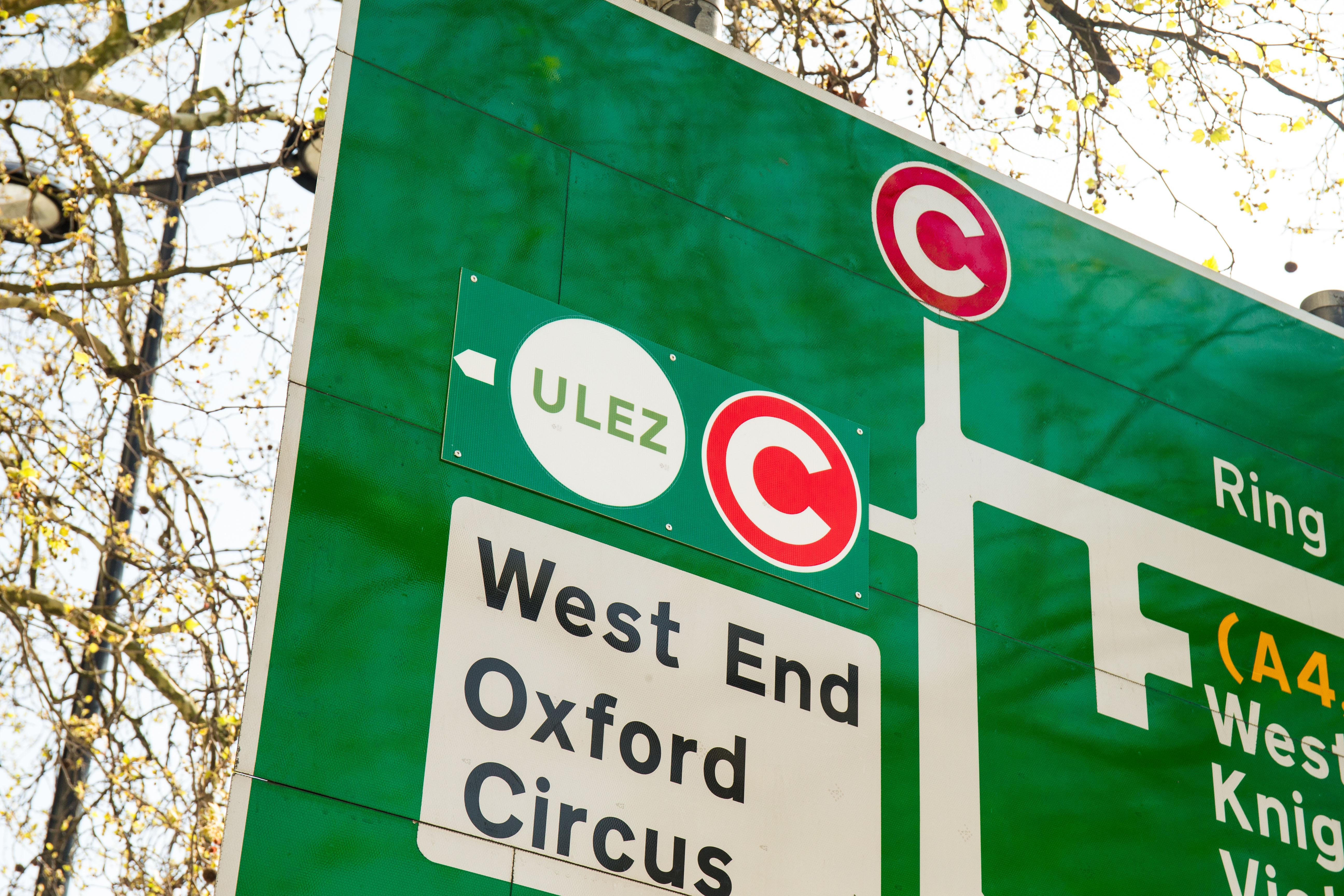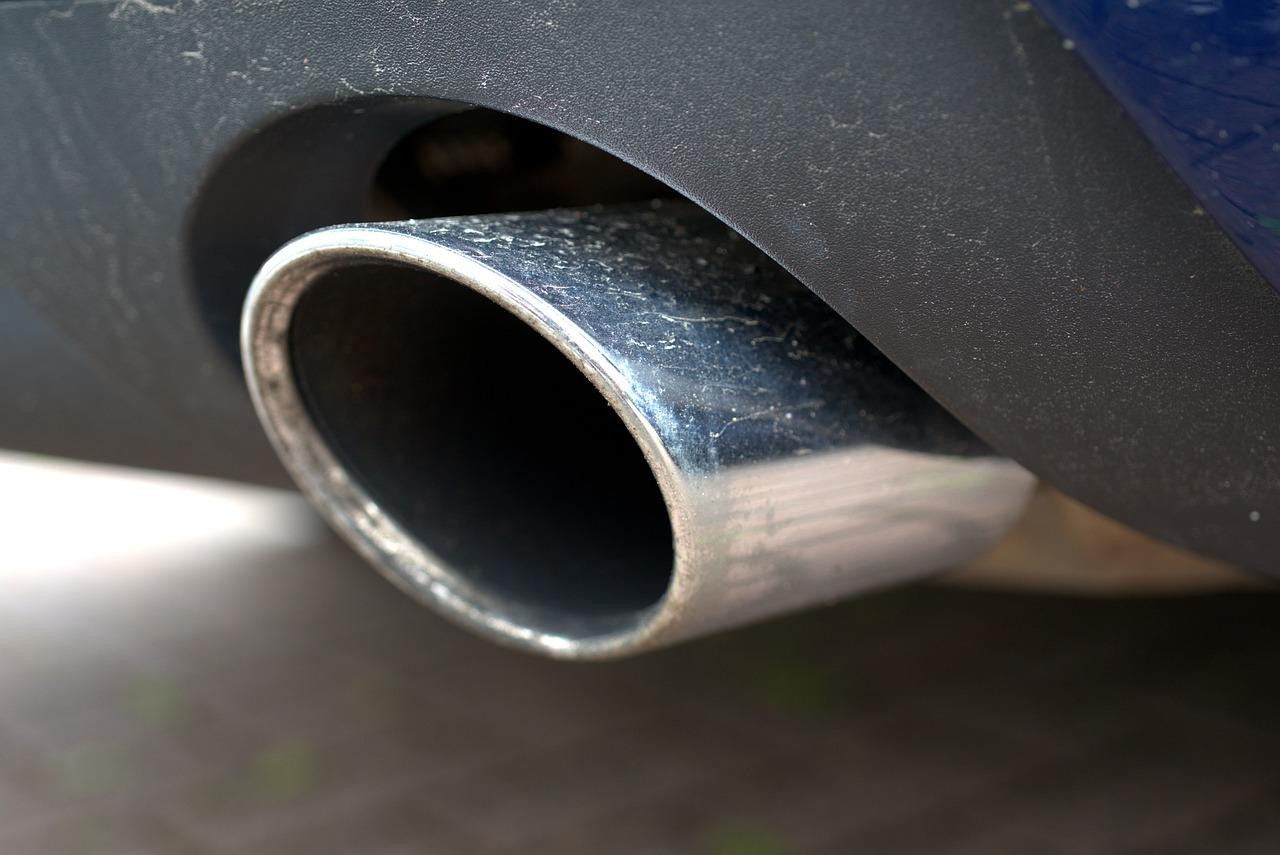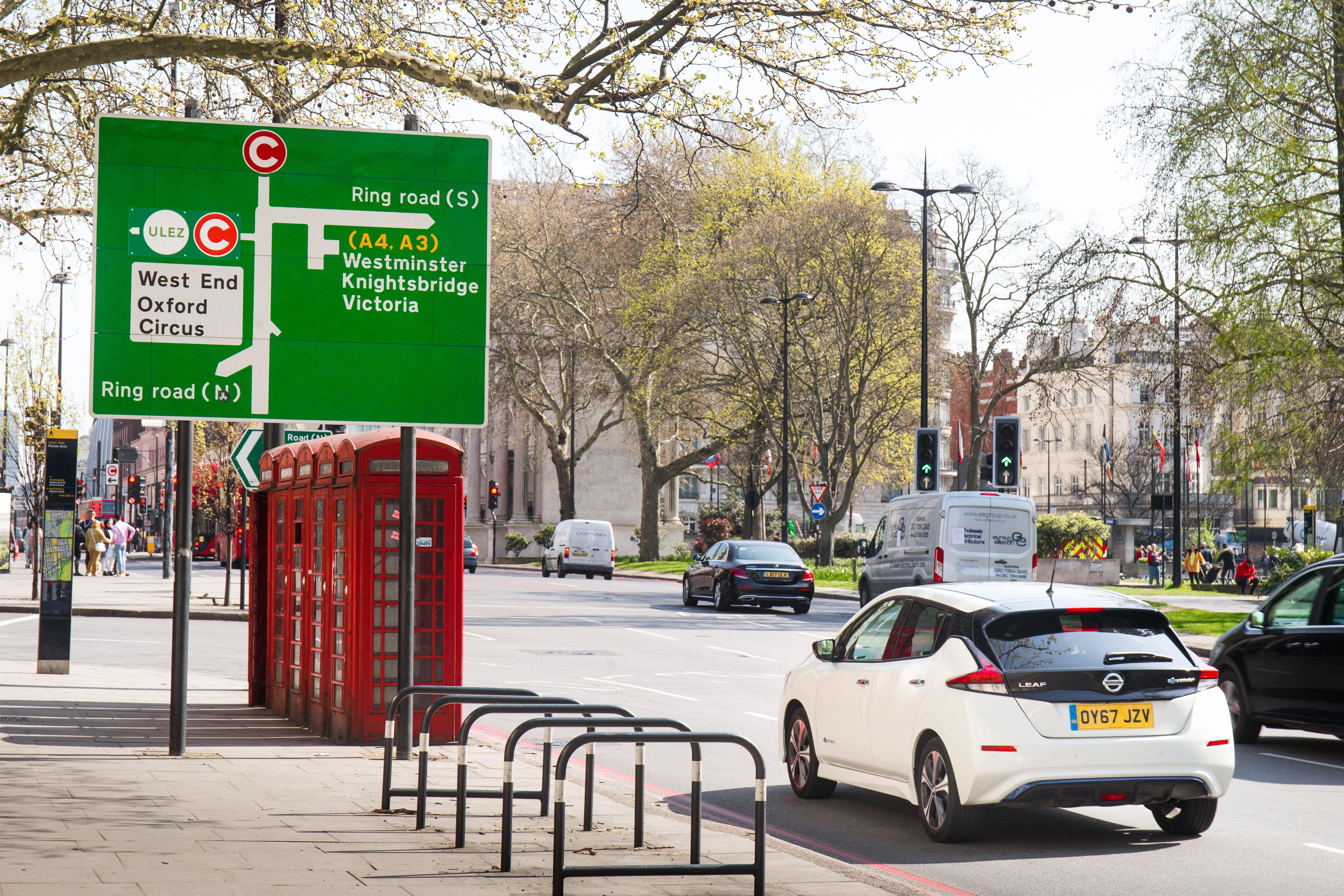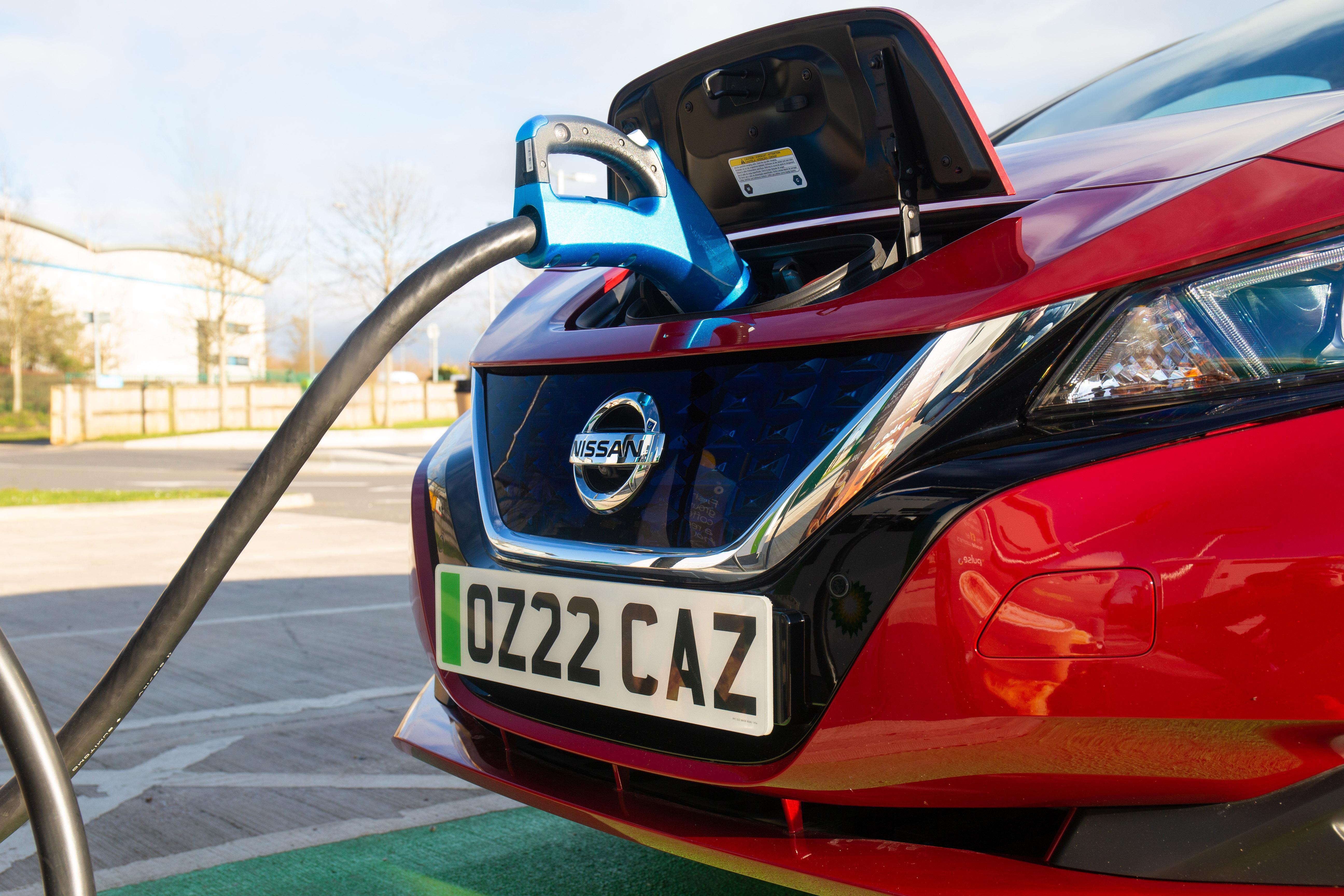What are Clean Air Zones and how do they work?

What are Clean Air Zones
You’ll have seen quite a lot about Clean Air Zones in the news recently. Buoyed on by the expansion of the ULEZ in London, these setups are likely to become even more prominent in the UK as cities look to improve air quality.
But what are Clean Air Zones aiming to achieve and what do you need to know about them? Let’s take a look.

What is the point of a Clean Air Zone?
Clean Air Zones - or CAZs - are there primarily to reduce inner-city emissions. The Government sees air pollution as a big environmental risk to human health, with congested city centres being core areas where this is the most prominent.
The Government also has a plan in place to reduce roadside nitrogen dioxide concentrations - launched in 2017 - so CAZs are working as a way of achieving this.

How do I pay to enter a Clean Air Zone?
If you’re driving a car that doesn’t qualify for free entry into a CAZ, then you’ll need to pay a charge. You can do this via a government website, but each individual CAZ will have its own website that you can pay through too.
Plus, there are also apps and third-party companies that can handle this for you. It’s worth checking out your options before you head to the CAZ.

How do I know if my car is exempt from a charge?
Each CAZ has a different vehicle requirement, but how do you know whether or not your car is free to enter? As with payment, you’ll be able to enter your car’s registration number into the city’s website where it will let you know whether or not you’ll need to pay.
As a general rule, petrol cars registered after January 2006 - and which meet Euro 4 emissions standards - alongside diesel registered after September 2015 will be free to enter Clean Air Zones. However, always make sure to double-check before you travel.
How are Clean Air Zones enforced?
Clean Air Zones are being enforced through the use of Automatic Number Plate Recognition - or ANPR - cameras. These are placed at key locations and can quickly scan through thousands of number plates as cars pass by to ensure that they’re able to enter the zone or if required, that they’ve paid a fee.
There won’t be any way to ‘dodge’ these cameras, either, so you’ll need to make sure that your car is either exempt or fully paid up.
Are they being used in other countries?
Clean Air Zones are already being put to good use in other countries. In 2017, the French government introduced Crit’Air stickers, which showcase a car’s emissions standards and can restrict it from certain areas if it doesn’t meet specific requirements.
There are also 52 low-emissions zones in Germany at present. The system has been in place since 2008, in fact, with a sticker-based system preventing many older, more polluting vehicles from entering a zone.
How many are in place in the UK?
There are a wide number of Clean Air Zones currently in operation in the UK. Cities such as Bath, Bristol and Bradford have them in place, while a future one for Greater Manchester is currently under review.
London’s Ultra Low Emissions Zone is also in place to help improve air quality but falls outside of the standard Clean Air Zone setup.


















